10 January 2025
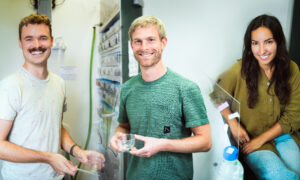
The Arendt Group at EMBL Heidelberg focuses on mechanisms of evolution, studying Platynereis dumerilli – evolutionarily ancient marine worms found broadly along European coasts.
SCIENCE & TECHNOLOGY
31 October 2024
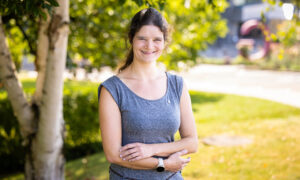
Isabella Graf is EMBL’s newest group leader and the first theoretical biophysicist to join the Developmental Biology Unit.
PEOPLE & PERSPECTIVES
24 October 2024
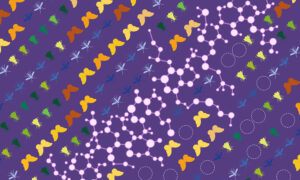
Employing a library of more than 1,000 chemicals, EMBL researchers and collaborators investigated how agrochemicals affect insect populations.
SCIENCE & TECHNOLOGY
14 August 2024
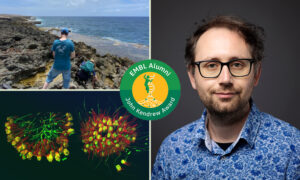
EMBL alumnus Thibaut Brunet, recipient of the 2024 John Kendrew Young Scientist Award, shares his scientific journey – from a childhood passion for nature to the discovery of a new species of choanoflagellate.
PEOPLE & PERSPECTIVES
18 June 2024
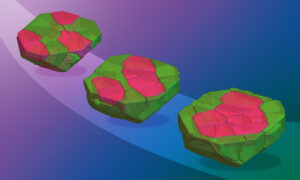
A theoretical model involving tiny Minecraft-like cubes can help us understand dynamic biological processes, such as cell sorting in embryos.
SCIENCE & TECHNOLOGY
23 April 2024

SpatialData is a tool developed by EMBL scientists in cooperation with multiple research institutions to unify and integrate data from different omics technologies in a spatial environment, providing holistic insights into health and disease. Researchers can now freely access and use SpatialData…
SCIENCE & TECHNOLOGY
11 March 2024
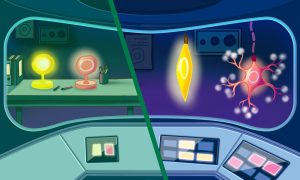
New research from EMBL Heidelberg shows how cells in developing embryos undergo a major shift in the way they regulate gene expression as they mature and differentiate.
SCIENCE & TECHNOLOGY
2024
sciencescience-technology
26 February 2024

Simone Heber talks about studying RNA transport, organising the Bike Club at EMBL, and participating in the Ironman World Championship.
LAB MATTERSPEOPLE & PERSPECTIVES
2024
lab-matterspeople-perspectives
12 February 2024

After 32 years at EMBL – leading a developmental biology research group and later simultaneously serving as EMBL’s Dean for its PhD programme, Anne Ephrussi has retired, ready to start her life’s next chapter.
LAB MATTERSPEOPLE & PERSPECTIVES
2024
lab-matterspeople-perspectives
20 December 2023
Researchers reveal that healthy lung development hinges on immune-epithelial crosstalk, with implications for respiratory diseases.
SCIENCE & TECHNOLOGY
2023
research-highlightsscience-technology
15 November 2023

EMBL developmental biologists – with help from other disciplines – pursue the significance of time, timing, and transitions in organisms during their development
EMBLetc
27 October 2023
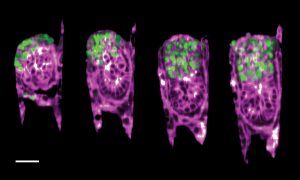
EMBL researchers have created an engineered uterus that allows a closer look at a mouse embryo’s development and its interactions with the uterine environment.
SCIENCE & TECHNOLOGY
2023
picture-of-the-weeksciencescience-technology
25 September 2023

PhD student Valentina Lorenzi is using single-cell sequencing data to create a map of the developing human reproductive system.
LAB MATTERSPEOPLE & PERSPECTIVES
2023
lab-matterspeople-perspectivesperspectives
13 February 2023
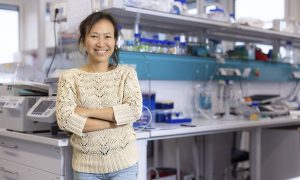
Group Leader Hanh Vu studies ‘immortal’ flatworms that can grow and de-grow to understand better factors that determine organisms’ sizes.
LAB MATTERSPEOPLE & PERSPECTIVES
2023
lab-matterspeople-perspectives
8 February 2023
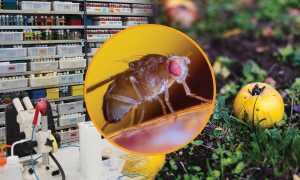
EMBL researchers are stepping outside the lab and thinking outside the box to understand the basic principles that underlie the development and evolution of organismal characteristics.
23 January 2023

The group leader, together with three other principal investigators, has been awarded the ERC Synergy Grant, one of the most prestigious public grants in Europe.
EMBL ANNOUNCEMENTSLAB MATTERS
2023
embl-announcementslab-matters
20 January 2023
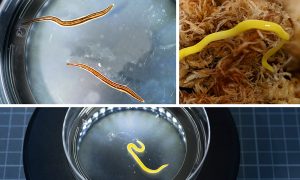
Tasmanian flatworms add to an EMBL researcher’s collection as she studies principles that control animal body size.
LAB MATTERSSCIENCE & TECHNOLOGY
2023
lab-matterspicture-of-the-weekscience-technology
21 November 2022

Looking to understand microbial predator-prey relationships, EMBL’s newest group leader tackles a molecular ‘arms race’ in his lab.
LAB MATTERSPEOPLE & PERSPECTIVES
2022
lab-matterspeople-perspectives
21 October 2022

After a postdoc at Weizmann Institute of Science in Israel, Flora Vincent has joined EMBL’s Developmental Biology unit to further explore the world of phytoplankton.
LAB MATTERSPEOPLE & PERSPECTIVES
2022
lab-matterspeople-perspectives
16 September 2022
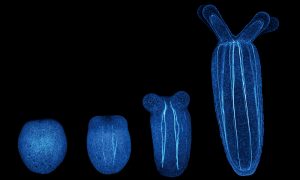
The latest research from EMBL’s Ikmi group employs interdisciplinary approaches to show how sea anemone ‘exercise’ changes their developing size and shape, uncovering an intimate relationship between behaviour and body development
SCIENCE & TECHNOLOGY
2022
sciencescience-technology
4 August 2022
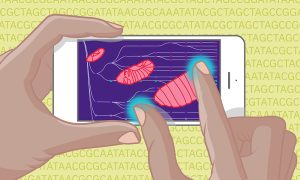
EMBL and UW researchers plus additional collaborators have constructed a complete map of fruit fly embryonic development using machine learning. This research is foundational to better understanding overall embryo development in other species, including humans.
SCIENCE & TECHNOLOGY
2022
sciencescience-technology
4 March 2022
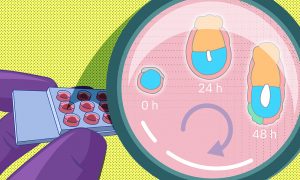
A recent study by EMBL researchers proposes a new method to grow early embryos in the laboratory. With a 3D culture set-up, scientists can closely monitor the changes embryos undergo around the time of implantation.
SCIENCE & TECHNOLOGY
2022
sciencescience-technology
25 February 2022
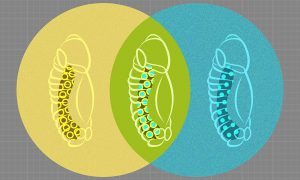
Researchers from the Furlong group at EMBL have come up with a way to observe the development of fruit-fly embryos simultaneously at the genetic and cellular levels, generating a high-resolution and integrated view of how different cell lineages form.
SCIENCE & TECHNOLOGY
2022
sciencescience-technology
5 October 2021

EMBL scientists and colleagues have developed an interactive atlas of the entire marine worm Platynereis dumerilii in its larval stage. The PlatyBrowser resource combines high-resolution gene expression data with volume electron microscopy images.
SCIENCE & TECHNOLOGY
2021
sciencescience-technology
6 September 2021
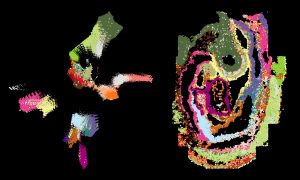
Researchers have combined spatial gene expression information with single-cell genomics data to create a high-resolution atlas of mouse organogenesis.
SCIENCE & TECHNOLOGY
2021
sciencescience-technology
12 July 2021
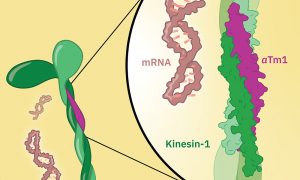
EMBL scientists generate a high-resolution crystal structure of the Kinesin-1/aTm1 transport complex in the fruit fly.
SCIENCE & TECHNOLOGY
2021
sciencescience-technology
2 July 2021

Dr Alexander Aulehla has been appointed the new Head of EMBL’s Developmental Biology Unit, and will take up the role starting in July 2021.
EMBL ANNOUNCEMENTSLAB MATTERS
2021
embl-announcementslab-matters
8 June 2021

John Marioni, Alex Bateman, and Takashi Hiiragi have been elected to EMBO Membership.
EMBL ANNOUNCEMENTSLAB MATTERS
2021
embl-announcementslab-matters
8 July 2020

This year, EMBO elected 63 new members, including Alexander Aulehla, Group Leader and Senior Scientist at EMBL Heidelberg, and Paul Flicek, Associate Director of EMBL-EBI Services, Senior Scientist, Group and Team Leader at EMBL-EBI.
EMBL ANNOUNCEMENTSLAB MATTERS
2020
embl-announcementslab-matters
19 May 2020

The nervous system has fascinated Georgia Rapti ever since her first introduction to biology. Her research group in the Developmental Biology unit will focus on understanding the early biological events involved in the nervous system’s formation.
LAB MATTERSPEOPLE & PERSPECTIVES
2020
lab-matterspeople-perspectives
3 April 2020
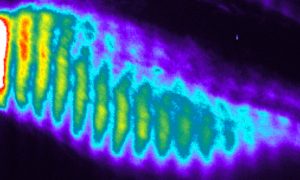
EMBL scientists examine the molecular causes of a rare hereditary disease of the spine and ribs
SCIENCE & TECHNOLOGY
2020
sciencescience-technology
28 February 2020
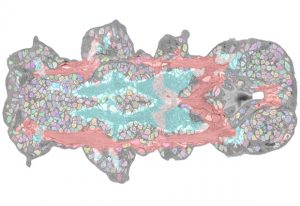
EMBL researchers combine multiple datasets to develop expandable atlas of an entire animal
SCIENCE & TECHNOLOGY
2020
sciencescience-technology
24 July 2019
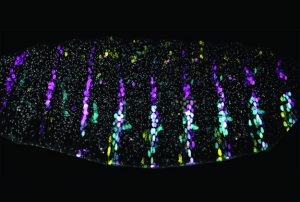
Enhancers in Drosophila embryos gather together to preserve phenotypes under stressful conditions
SCIENCE & TECHNOLOGY
2019
sciencescience-technology
3 July 2019
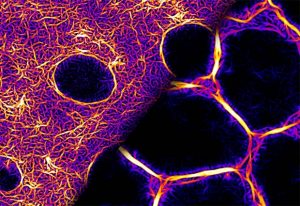
New insights into mechanisms behind embryonic development
SCIENCE & TECHNOLOGY
2019
sciencescience-technology
12 June 2019
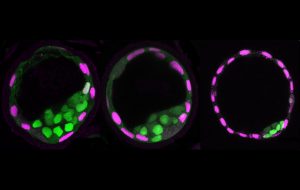
Uncovering new role of fluid pressure in controlling embryo size and cell fate
SCIENCE & TECHNOLOGY
2019
sciencescience-technology
16 November 2018

How EMBL scientists are using machine learning to advance biology
LAB MATTERSSCIENCE & TECHNOLOGY
2018
lab-mattersscience-technology
3 August 2018
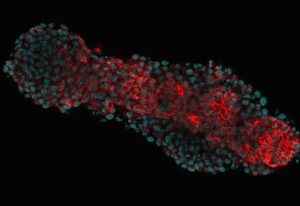
An engineer’s approach to understanding morphogenesis
PEOPLE & PERSPECTIVES
2018
people-perspectivesscience
20 March 2018
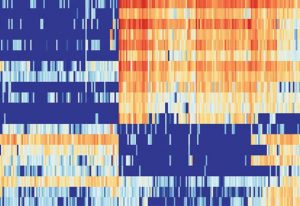
EMBL scientists discover how blood vessel cells become blood stem cells during embryonic development
SCIENCE & TECHNOLOGY
2018
sciencescience-technology
22 February 2018

EMBL scientists show that the rhythm between Wnt and Notch waves enables patterning in embryos.
SCIENCE & TECHNOLOGY
2018
sciencescience-technology
19 December 2012
Gene expression wave in the lower part of the future vertebrae column of a mammalian embryo. As the wave goes forward, new pre-vertebrae are formed and the future vertebrae column elongates. (Image and video credit: Nature) In a nutshell: The size of pre-vertebrae in a mammalian embryo is…
SCIENCE & TECHNOLOGY
2012
sciencescience-technology
8 January 2012
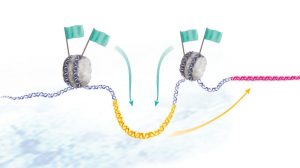
As an embryo develops, different genes are turned on in different cells, to form muscles, neurons and other bodily parts. Inside each cell’s nucleus, genetic sequences known as enhancers act like remote controls, switching genes on and off. Scientists at the European Molecular Biology Laboratory…
SCIENCE & TECHNOLOGY
2012
sciencescience-technology
20 March 2011
Scientists at the European Molecular Biology Laboratory (EMBL) in Heidelberg, Germany, have developed a new method for studying gene regulation, by employing a jumping gene as an informant. Published online today in Nature Genetics, the new method is called GROMIT. It enables researchers to…
SCIENCE & TECHNOLOGY
2011
sciencescience-technology
No results found






































